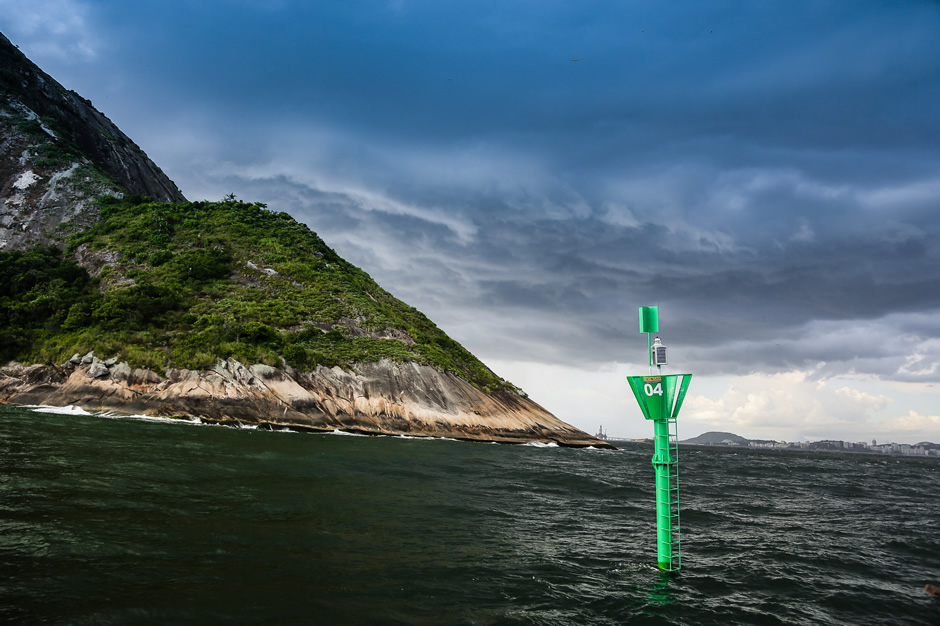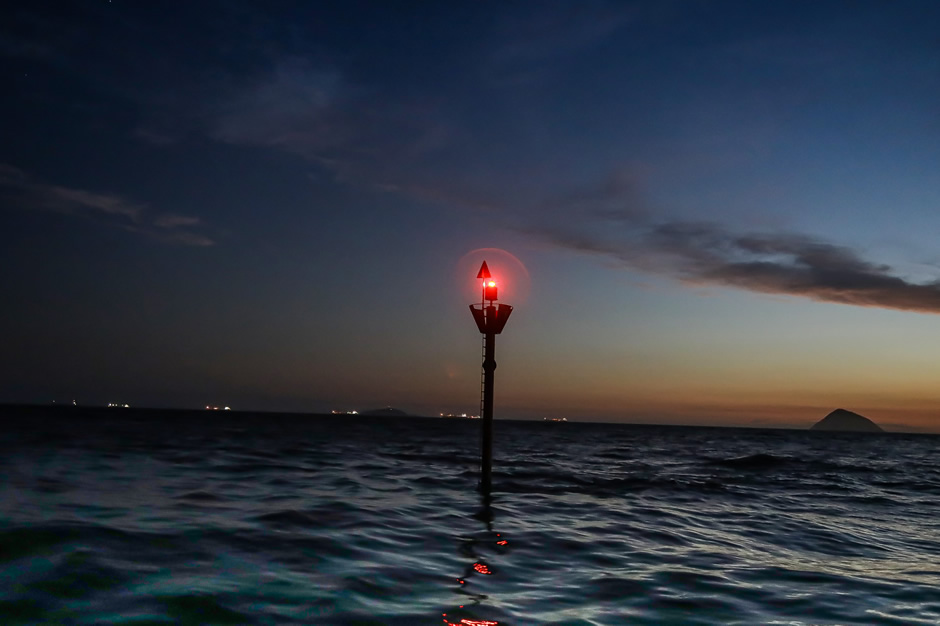Companhia Docas do Rio de Janeiro (CDRJ) informed that, last Thursday (21), the transceivers of the Automatic Identification System for Vessels with Navigation Aids (AIS AtoN) of the three Submersible Articulated Buoys (BAS) of the Cotunduba Canal, produced by the Espírito Santo company UMI SAN Serviços de Apoio à Navegação e Engenharia and based on the main waterway access for large ships to the Port of Rio de Janeiro. With AIS AtoN devices activated and codes assigned by the National Telecommunications Agency (ANATEL), modern nautical signaling has become part of the Mobile Maritime Service, generating greater security for navigation.

Once this stage was completed, the entire implementation of the Cotunduba Canal's new beacon project was successfully completed, an important achievement for the Port of Rio de Janeiro. The mission was accomplished in record time, respecting current legislation and investing in technology and reliable partnerships.
The Manager of the Vessel Traffic Management and Information System (VTMIS) of the Ports of Rio de Janeiro administered by the company explained that the transceivers transmit virtual markers that indicate to the ships the exact positioning of the BAS, with a precise delimitation of the channel, facilitating their maneuvers and reducing the risk of accidents. He also stressed that the product is of high quality and durability, with warranty and technical assistance from the manufacturer Sabik Marine: "It is the most modern design of AtoN, stainless and with high resistance to shock, vibration, temperature, water, wind and lightning UV".

Remember the project - The buoys of the new nautical signaling were installed in March last year, in order to allow the more efficient and safe night navigation of large ships, bound for the Port of Rio de Janeiro, thus enabling an increase in the windows of boarding operations and disembarkation, which generated greater dynamism and profitability for container terminals. From April to the end of 2020, the first two phases of the 'ramp-up' of experimental night maneuvers were carried out. At the present moment, the 3rd phase is underway, with maneuvers of container ships from 306 to 335m in length (LOA).
The project, developed by the company Precursore Consultoria Portuária LTDA, through a partnership between CDRJ and the Brazilian Navy (MB), Praticagem-RJ and the leasing companies of the MultiRio, ICTSI-Rio and Triunfo Logística port terminals, is part of a set of measures that are being carried out by this Working Group (WG) that studies improvements for waterway access to the Port of Rio de Janeiro. For conducting the activation task of Maritime Mobile Service Identities (MMSI), the UMI SAN and SABIK teams had logistical support from the company Rio Interport.
Photos: André Peras
By ASSCOM, on 25/01/2021.